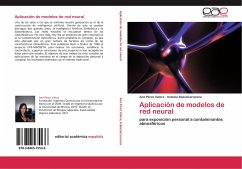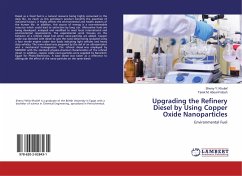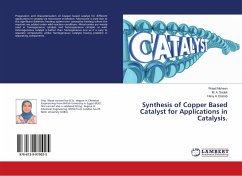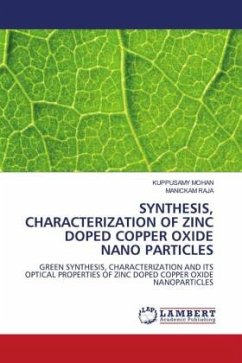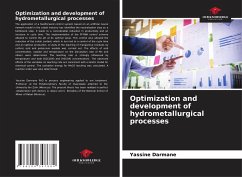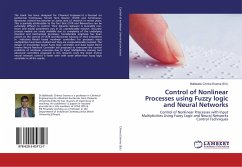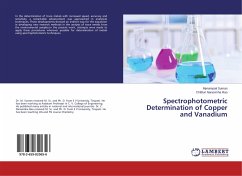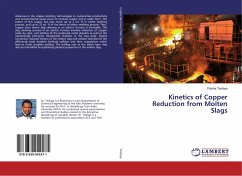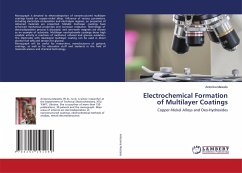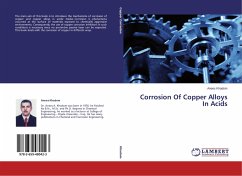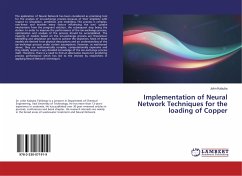
Implementation of Neural Network Techniques for the loading of Copper
Versandkostenfrei!
Versandfertig in 6-10 Tagen
27,99 €
inkl. MwSt.

PAYBACK Punkte
14 °P sammeln!
The application of Neural Network has been considered as promising tool for the analysis of ion-exchange process because of their simplicity with respect to simulation, prediction and modelling. This process is complex, non-linear and involves many factors influencing the ions' uptake mechanisms from the pregnant solution, the subsequent step being the elution. In order to improve the performance of the ion-exchange process, optimization and analysis of the process should be accomplished. The majority of models based on the ion-exchange process are theoretical. Modelling and simulation are too...
The application of Neural Network has been considered as promising tool for the analysis of ion-exchange process because of their simplicity with respect to simulation, prediction and modelling. This process is complex, non-linear and involves many factors influencing the ions' uptake mechanisms from the pregnant solution, the subsequent step being the elution. In order to improve the performance of the ion-exchange process, optimization and analysis of the process should be accomplished. The majority of models based on the ion-exchange process are theoretical. Modelling and simulation are tools to achieve the objectives. Most of these models are derived from physical descriptions and an understanding of the ion-exchange process under certain assumptions. However, as mentioned above, they are mathematically complex, computationally expensive and they ideally require a very detailed knowledge of the ion-exchange process itself. Therefore, there is a need to find an alternative means for predicting process performance which has led to the interest by researchers in applying Neural Network techniques.



